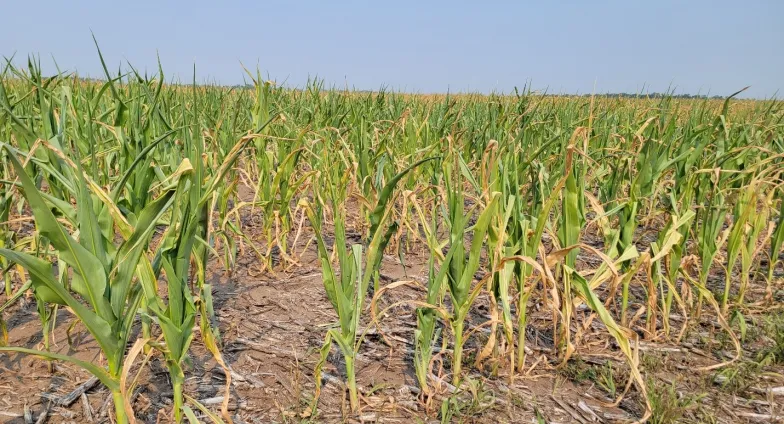Beware of Nitrate Poisoning in Livestock
Cattle feed produced during a drought may have higher levels of nitrate than would be safe for cattle consumption. Ruminant animals, such as cattle and sheep, are susceptible to nitrate poisoning because of their digestive process. In the rumen, nitrate is converted to nitrite, and when nitrite moves into the blood stream it prevents hemoglobin in red blood cells from carrying oxygen, resulting in suffocation. Also, abortions can occur in cows where lower levels of nitrates are fed. The same reaction takes place in horses' hindgut; however, the reaction occurs to a much lesser extent, thus nitrate poisoning is very rare in horses.
Feeding drought-stressed forages from oats, barley and corn causes the majority of nitrate poisoning cases in North Dakota. However, a number of other plants also can accumulate nitrate, including wheat, sudangrass, sorghum-sudan hybrids, turnips and pearl millet. If producers are considering using low-yielding crops as livestock forage, they should be tested for nitrates prior to feeding.
